Growing Dental Industry
The expansion of the dental industry is a notable driver for the Dental Dust Collector Market. As the number of dental practices continues to increase, so does the need for effective dust management solutions. This growth is fueled by rising consumer awareness regarding oral health and the increasing prevalence of dental procedures. According to industry reports, the dental services market is expected to grow at a rate of approximately 7% annually, which directly correlates with the demand for dental dust collectors. As more dental professionals seek to enhance their practice environments, the market for dust collection systems is likely to experience significant growth, driven by the need for improved hygiene and safety.
Technological Innovations
Technological innovations in the Dental Dust Collector Market are driving the development of more efficient and effective dust collection systems. Recent advancements include the integration of smart technologies, such as sensors and automated controls, which enhance the performance of dust collectors. These innovations not only improve the efficiency of dust removal but also reduce energy consumption, aligning with the industry's sustainability goals. Furthermore, the introduction of portable and compact models caters to the diverse needs of dental practices, from small clinics to larger facilities. As technology continues to evolve, the market is expected to witness a surge in demand for these advanced systems, potentially leading to a market growth rate of approximately 6% annually.
Regulatory Standards and Compliance
The implementation of stringent regulatory standards regarding air quality and workplace safety is a crucial driver for the Dental Dust Collector Market. Regulatory bodies are increasingly mandating that dental practices adhere to specific guidelines to minimize exposure to harmful particles. Compliance with these regulations necessitates the installation of effective dust collection systems, thereby propelling market growth. As dental professionals strive to meet these standards, the demand for high-quality dust collectors is likely to rise. This trend is further supported by ongoing inspections and audits by regulatory agencies, which emphasize the importance of maintaining a safe working environment. The market is projected to expand as practices invest in compliant dust collection solutions.
Focus on Environmental Sustainability
The growing emphasis on environmental sustainability within the Dental Dust Collector Market is influencing purchasing decisions among dental practices. As environmental concerns become more prominent, dental professionals are increasingly seeking eco-friendly dust collection solutions that minimize waste and energy consumption. Manufacturers are responding by developing systems that utilize sustainable materials and energy-efficient technologies. This shift towards sustainability not only aligns with global environmental goals but also appeals to environmentally conscious consumers. The market is expected to see a rise in demand for green dust collection systems, potentially leading to a market growth rate of around 5% as practices aim to reduce their ecological footprint.
Increased Awareness of Occupational Health
The rising awareness of occupational health and safety among dental professionals appears to be a significant driver for the Dental Dust Collector Market. As dental practices recognize the potential health risks associated with airborne particles generated during procedures, the demand for effective dust collection systems is likely to increase. This heightened awareness is supported by various health organizations advocating for improved workplace safety standards. Consequently, dental practices are investing in advanced dust collection technologies to ensure a safer working environment. The market for dental dust collectors is projected to grow, with estimates suggesting a compound annual growth rate of around 5% over the next few years, reflecting the industry's commitment to health and safety.


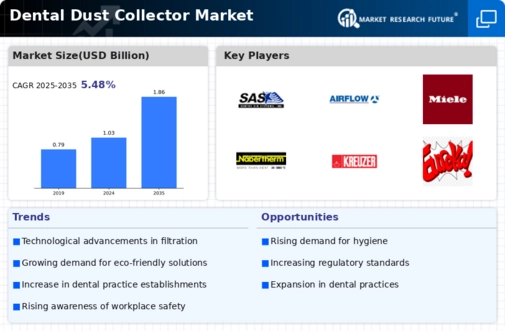
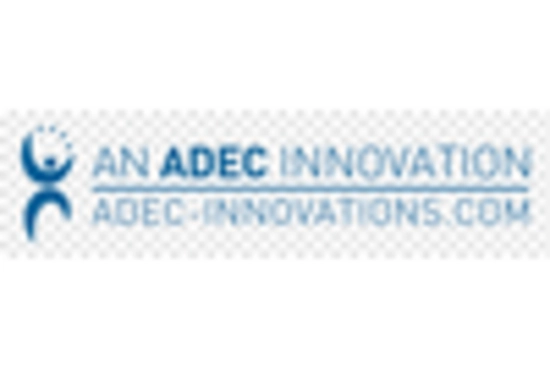
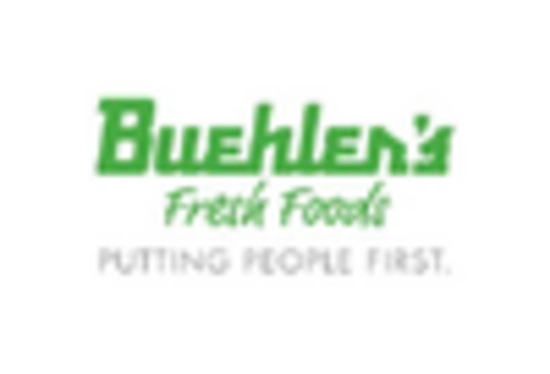
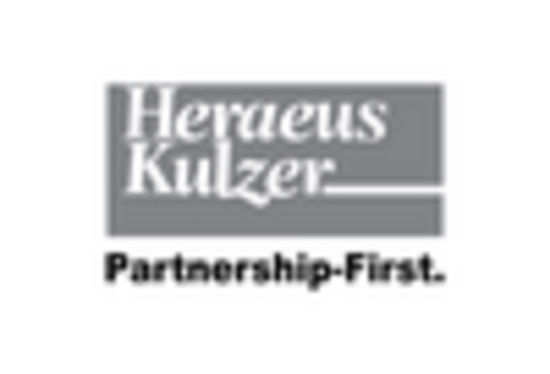
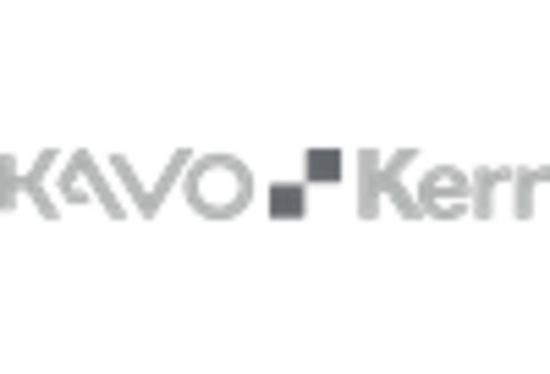
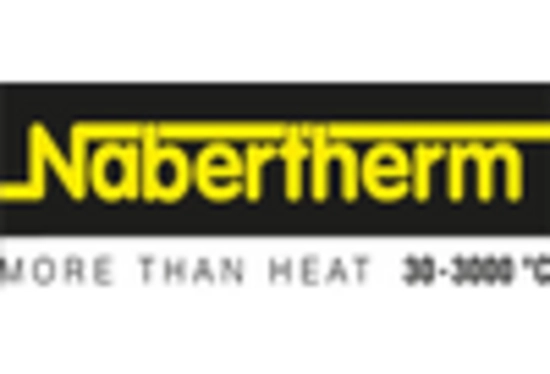
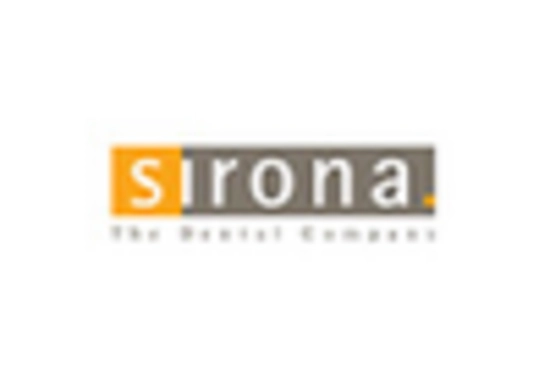








Leave a Comment